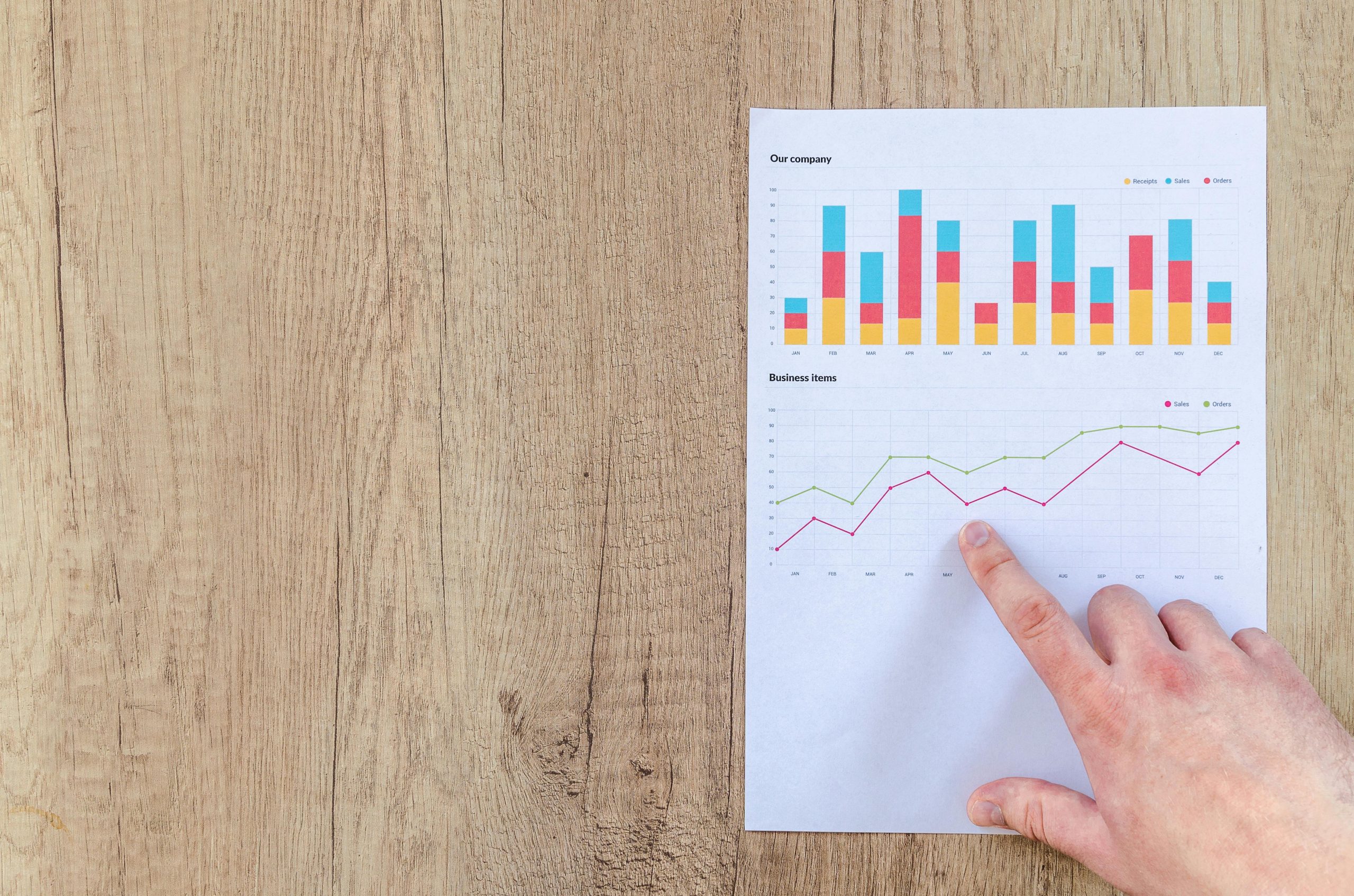Influencer marketing has become a cornerstone of modern digital strategies, but many brands struggle to quantify its true impact. Without clear metrics, it’s impossible to determine whether your investment is paying off or if adjustments are needed. Measuring influencer marketing ROI isn’t just about tracking likes and shares—it’s about tying influencer efforts directly to business outcomes. Here’s how to do it effectively.
Why Measuring Influencer Marketing ROI Matters
Influencer marketing isn’t free, and brands need to justify their spending with tangible results. Whether you’re working with micro-influencers or A-list celebrities, understanding ROI helps you:
- Optimize budgets: Allocate resources to the most effective influencers and campaigns.
- Improve partnerships: Identify which influencers drive real conversions, not just vanity metrics.
- Demonstrate value: Prove to stakeholders that influencer marketing delivers measurable returns.
Without proper measurement, you risk wasting money on underperforming collaborations or missing opportunities to scale successful ones.
Key Metrics to Track for Influencer Marketing ROI
To accurately measure ROI, focus on these critical metrics:
1. Engagement Rate
Engagement goes beyond likes—it includes comments, shares, saves, and clicks. Calculate engagement rate using this formula:
Engagement Rate = (Total Engagements / Total Followers) × 100
A high engagement rate indicates an influencer’s audience is genuinely interested in their content, making them a valuable partner.
2. Conversion Rate
Conversions are the ultimate indicator of ROI. Track how many users take a desired action (purchases, sign-ups, downloads) after interacting with an influencer’s content. Use UTM parameters or affiliate links to attribute conversions accurately.
3. Cost Per Acquisition (CPA)
CPA measures how much you spend to acquire a customer through influencer marketing. Compare this to other marketing channels to assess efficiency.
CPA = Total Campaign Cost / Number of Conversions
4. Return on Ad Spend (ROAS)
ROAS evaluates revenue generated for every dollar spent. A ROAS of 5:1 means you earn $5 for every $1 invested.
ROAS = Revenue from Campaign / Campaign Cost
Tools to Measure Influencer Marketing ROI
Leveraging the right tools simplifies tracking and analysis. Here are some essential options:
- Google Analytics: Track traffic and conversions from influencer links.
- UTM Parameters: Tag URLs to monitor campaign performance in analytics platforms.
- Affiliate Marketing Platforms: Use tools like ShareASale or Impact to track sales driven by influencers.
- Social Media Insights: Platforms like Instagram and TikTok provide built-in analytics for post performance.
- Influencer Marketing Platforms: Tools like AspireIQ or Upfluence offer end-to-end campaign tracking.
How to Calculate Influencer Marketing ROI
Once you’ve gathered data, use this formula to calculate ROI:
ROI = [(Revenue Generated – Campaign Cost) / Campaign Cost] × 100
For example, if a campaign costs $5,000 and generates $20,000 in revenue:
ROI = [($20,000 – $5,000) / $5,000] × 100 = 300%
This means you earned three times your investment. Consistently tracking ROI helps refine future campaigns for even better results.
Common Mistakes to Avoid When Measuring ROI
Even with the right tools, brands often make these errors:
- Focusing only on vanity metrics: Likes and follows don’t always translate to sales.
- Ignoring long-term impact: Some influencer partnerships yield returns over time, not just immediately.
- Not setting clear goals: Define KPIs (sales, leads, brand awareness) before launching a campaign.
- Overlooking qualitative data: Sentiment analysis and audience feedback provide context beyond numbers.
Conclusion
Measuring influencer marketing ROI is essential for maximizing impact and ensuring your budget is well-spent. By tracking engagement, conversions, CPA, and ROAS—and using the right tools—you can make data-driven decisions that boost profitability. Avoid common pitfalls, refine your strategies, and continuously analyze performance to stay ahead in the competitive world of influencer marketing. With these proven methods, you’ll turn influencer collaborations into a high-return investment.
